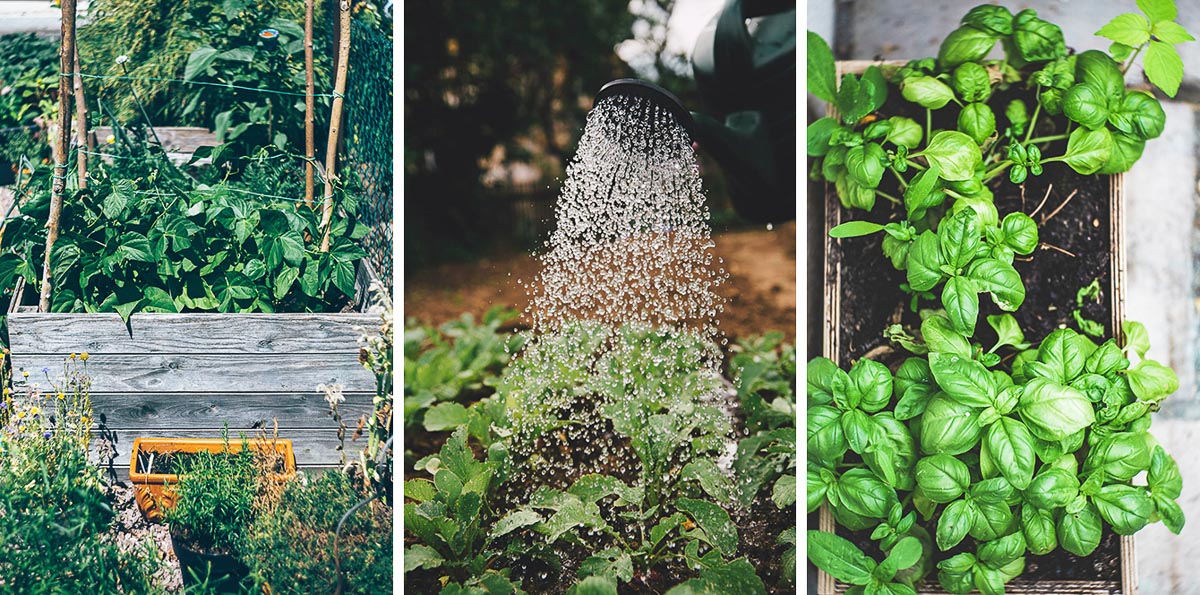Little Known Questions About City Blooming.
Little Known Questions About City Blooming.
Blog Article
City Blooming Fundamentals Explained
Table of ContentsThe smart Trick of City Blooming That Nobody is Talking AboutThe Of City BloomingHow City Blooming can Save You Time, Stress, and Money.All about City BloomingThe Greatest Guide To City Blooming
Fascinated in growing food to buy in the City of Chicago? Assuming about beginning a community yard? Modifications to the Chicago Zoning Statute allow agricultural uses like neighborhood yards and city farms in many parts of the city. Below is a checklist of frequently asked inquiries pertaining to the guidelines and regulations that farmers must consider when intending a metropolitan farming job.
The zoning modification does not modify any various other codes taking care of composting, structure authorizations, purchasing or leasing City possessed property, organization licenses or ecological contamination. There are existing codes that regulate these problems and they stay in complete effect and may apply to your job. Neighborhood yards are usually possessed or taken care of by public entities, public organizations or community-based companies and kept by volunteers.
Urban ranches grow food that is meant to be marketed, either on a not-for-profit or for-profit basis. Due to their industrial objective, urban ranches require a service certificate. Yes. A community garden is permitted to sell surplus generate that was grown on website if the sales are accessory or subservient to the garden's primary purpose explained above.
The smart Trick of City Blooming That Nobody is Discussing
The amount of compost product can not go beyond 25 cubic lawns at any given time according to the standards in 7-28-715 of the City's Municipal Code. Since the soil at the majority of new yard sites requires modifying, garden compost, soil, wood chips, or other products can be gotten to build or boost the growing space.

If a structure license is needed then the hoophouse will be taken into consideration an accessory structure. You can discover out more about the structure license needs by getting in touch with the Department of Buildings. The 25,000-square-foot size restriction is intended to stop a single area yard from controling an offered block or detracting from the block's existing residential or business character.
The limit does not apply to yards found in Public Open Space (POS) areas. Can there be more than one community garden that is 25,000 square feet on a single block? Yes. The size restriction puts on individual gardens, not to individual blocks. No. Fence is not required, nonetheless, yards that have large parking lot may be called for to set up secure fencing or various other landscape design attributes.
The Single Strategy To Use For City Blooming
B1 & B2 areas require that all business usage activities be carried out inside your home. R areas restrict industrial activity. The regulations mirror the purpose and intent of the Zoning Code. Is fencing needed for urban farms? Yes. Fences may be required, in addition to landscape design and testing, for sure auto parking areas and outdoor job or storage locations depending upon area and the details activity taking place.
Yes. Urban ranches call for building authorizations and zoning approvals prior to building. Other kinds of city testimonial may be called for depending upon specific structures, activities, size, landscape design, licensing, public health and stormwater management concerns. A number of these needs are determined in the project design or allowing process, nevertheless, the applicant may be accountable to separately determine certain licenses or allows that might be required.
Yes. The kind of certificate is identified by what is taking place at the site. The Department of Service Matters and Consumer Security can aid figure out the details sort of service permit that's called for. Yes. Off street car parking is required for a lot of commercial jobs in Chicago. The needed number of garage is based upon the number of employees servicing site and not the square video footage of the growing area.
What Does City Blooming Do?

A metropolitan farm can sell garden compost material produced on site, nevertheless, the procedure needs to conform with the regulations in 7-28-715 of the Chicago Municipal Code. Aquaponic systems are allowed inside on metropolitan ranches in several zoning areas.
Up to 5 hives or colonies of honey bees may be kept as an accessory usage. Nonetheless, beekeepers need to register with the Illinois Department of Agriculture. For more details concerning the recommended zoning change you may get in touch with the Division of Housing and Economic Growth, Bureau of Planning and Zoning at 312.744.8563.
Farming in cities and city locations An urban farm in Chicago. Urban agriculture refers to various techniques of cultivating. https://www.twitch.tv/cityblooming/about, processing, and dispersing food in urban areas. The term also puts on the area tasks of animal husbandry, other aquaculture, beekeeping, and horticulture in an urban context. Urban agriculture is differentiated from peri-urban farming, which happens in backwoods beside suburbs.
Top Guidelines Of City Blooming
It can involve a motion of organic cultivators, "foodies" and "locavores", that seek to create socials media founded on a shared principles of nature and area holism. These networks can develop by way of official institutional support, coming to be incorporated into regional town preparation as a "transition town" movement for lasting metropolitan development.
The more direct accessibility to fresh vegetable, fruit, and meat items that may be know with city farming can enhance food safety and security and food safety and security while lowering food miles, causing lower greenhouse gas exhausts, thereby contributing to environment change mitigation. A few of the first evidence of city farming comes from Mesopotamia.
Report this page